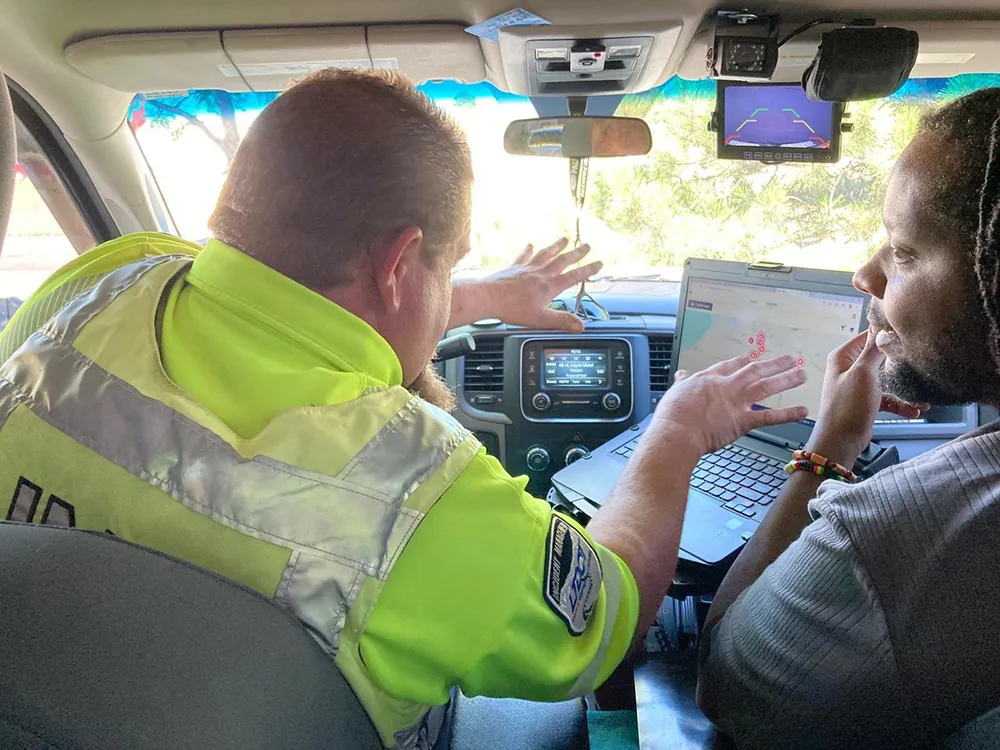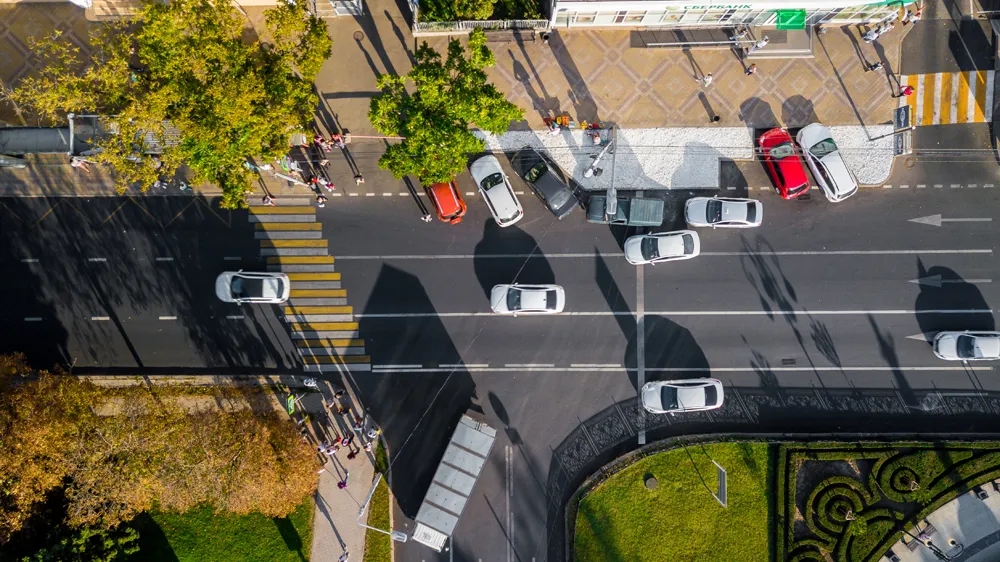Drivers in Abu Dhabi will shortly have to change their driving habits and refrain from slowing down as they approach a speed camera and speeding up once they have passed it.
By the end of the year Abu Dhabi’s main roads will have average speed camera systems, or point to point systems, that calculate the average speed of a vehicle between two fixed points.
“Everyone travelling here in Abu Dhabi has to make sure to drive within the speed limit,” Dr Atef Garib, a roads and traffic expert at Abu Dhabi Po
March 13, 2014
Read time: 2 mins
Drivers in Abu Dhabi will shortly have to change their driving habits and refrain from slowing down as they approach a speed camera and speeding up once they have passed it.
By the end of the year Abu Dhabi’s main roads will have average speed camera systems, or point to point systems, that calculate the average speed of a vehicle between two fixed points.
“Everyone travelling here in Abu Dhabi has to make sure to drive within the speed limit,” Dr Atef Garib, a roads and traffic expert at Abu Dhabi Police, said at the International Road Traffic Accident Conference in the capital. “We will have this point-to-point system and it will be very soon.”
Police in Abu Dhabi already use fixed radar cameras, infrared cameras at traffic junctions, mobile radar cameras and radar guns.
Dr Garib said traffic police were working on closer integration of the different strands of their approach to road safety, including enforcement. “We focus on enforcement and we have a balanced strategy which deals with physical or face-to-face enforcement and automated enforcement,” he said.
“On-the-spot enforcement has proven to be very effective. You get a ticket right away, you ask yourself what you did wrong so you behave better.”
He said Abu Dhabi has initiatives to raise awareness among the community on the dangers of speeding, with one of the most advanced enforcement systems in the world.
By the end of the year Abu Dhabi’s main roads will have average speed camera systems, or point to point systems, that calculate the average speed of a vehicle between two fixed points.
“Everyone travelling here in Abu Dhabi has to make sure to drive within the speed limit,” Dr Atef Garib, a roads and traffic expert at Abu Dhabi Police, said at the International Road Traffic Accident Conference in the capital. “We will have this point-to-point system and it will be very soon.”
Police in Abu Dhabi already use fixed radar cameras, infrared cameras at traffic junctions, mobile radar cameras and radar guns.
Dr Garib said traffic police were working on closer integration of the different strands of their approach to road safety, including enforcement. “We focus on enforcement and we have a balanced strategy which deals with physical or face-to-face enforcement and automated enforcement,” he said.
“On-the-spot enforcement has proven to be very effective. You get a ticket right away, you ask yourself what you did wrong so you behave better.”
He said Abu Dhabi has initiatives to raise awareness among the community on the dangers of speeding, with one of the most advanced enforcement systems in the world.










